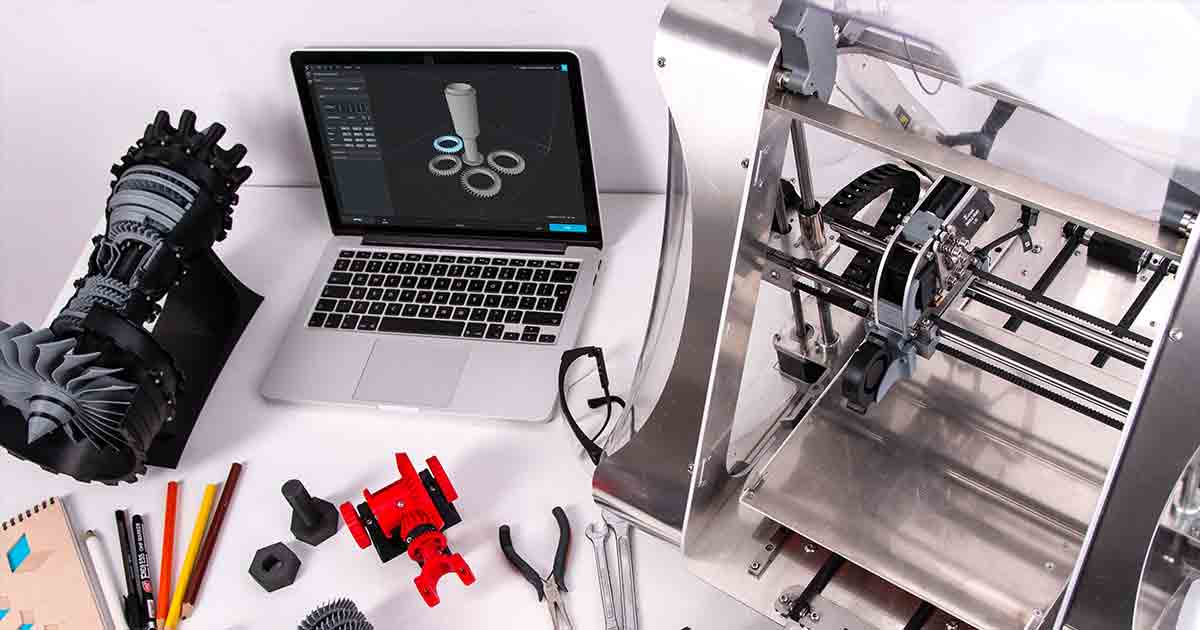Is 3D Modeling in high demand?

IS 3D MODELING IN HIGH DEMAND?
IS 3D MODELING IN HIGH DEMAND?
In today’s technologically advanced world, 3D Modeling has become a vital aspect of various industries.
From architecture and entertainment to manufacturing and healthcare, the demand for 3D Modeling is growing.
This article explores the world of 3D Modeling, its applications, career opportunities, and the high demand it enjoys in the job market.
Introduction
Rapid technological advancement has skyrocketed the need for visually appealing and realistic virtual models.
3D Modeling, as the name suggests, involves creating three-dimensional digital representations of objects, environments, or characters.
It has gained significant prominence across multiple industries because it brings ideas to life and enhances visualization.
What is 3D Modeling?
At its core, 3D Modeling is developing a virtual representation of an object using specialized software.
By manipulating vertices, edges, and polygons, designers can create detailed and realistic models that can be viewed from different angles.
These models range from simple geometric shapes to complex architectural designs or lifelike characters.
Applications of 3D Modeling
The applications of 3D Modeling are diverse and span across various fields.
In architecture and construction, 3D models visualize and present designs to clients, aiding decision-making and avoiding costly errors during construction.
The entertainment industry extensively relies on 3D Modeling for creating stunning visual effects, lifelike characters, and immersive virtual environments in movies, video games, and animations.
3D Modeling finds applications in product design and manufacturing processes.
It allows designers to iterate and test prototypes virtually, saving time and resources.
Medical professionals also use 3D models for surgical planning, training, and patient education.
Industries such as automotive, aerospace, interior design, and advertising heavily rely on 3D Modeling for individual needs.
Industries using 3D Modeling
The demand for 3D Modeling can be witnessed across various industries.
In the architectural field, professionals use 3D modeling software to create detailed representations of buildings, interiors, and landscapes.
Similarly, the gaming industry heavily relies on 3D Modeling to develop complex characters, virtual worlds, and realistic simulations.
In manufacturing, 3D Modeling is crucial in prototyping, product design, and quality control.
Automotive companies, for instance, use 3D Modeling to design and simulate vehicle components, enhancing performance and safety.
Healthcare professionals use 3D Modeling for medical imaging, surgical planning, and creating custom prosthetics.
Benefits of 3D Modeling
The benefits of 3D Modeling are manifold.
First, it lets designers visualize concepts realistically and communicate with clients or stakeholders effectively.
It allows for quick and efficient iterations, saving time and resources in the design and development process.
3D Modeling facilitates better problem-solving by identifying flaws or potential issues before the actual production phase.
3D Modeling allows accurate measurements and precise detailing, ensuring high-quality outputs.
It enhances the user experience by creating immersive environments, lifelike characters, and interactive simulations.
3D models can be easily changed, scaled, and reused, providing flexibility and adaptability to different project requirements.

Skills Required for 3D Modeling
To excel in 3D Modeling, specific skills are essential.
Proficiency in 3D modeling software, such as Autodesk Maya, 3ds Max, or Blender, is crucial.
These software packages offer various tools and functionalities for creating and manipulating 3D models.
A deep understanding of art and design principles, such as composition, color theory, and anatomy, is beneficial.
In the realm of 3D Modeling, there is great significance placed on meticulousness, imaginative thinking, and adeptness in resolving challenges.
Ongoing education and staying abreast of current trends and methodologies within the industry are imperative for personal advancement in the field.
Career Opportunities in 3D Modeling
3D Modeling offers career opportunities for individuals with the right skills and creative passion.
One can pursue a career as a 3D artist, character modeler, environmental artist, visual effects artist, or architectural visualization specialist.
These roles can be found in gaming, film and television, advertising, architecture firms, product design studios, and more.
The demand for 3D modelers extends beyond the entertainment industry.
Industries like manufacturing, automotive, healthcare, and e-commerce are also actively seeking skilled 3D modeling professionals to support their respective needs.
Job Market and Demand
The job market for 3D modeling professionals is up-and-coming.
As technology advances, the demand for skilled 3D modelers is rising.
Companies increasingly recognize the value of 3D Modeling in product development, marketing, and customer engagement.
It has created a need for talented individuals who can create visually stunning and realistic 3D models.
As virtual reality (VR) and augmented reality (AR) become more popular, the demand for 3D modeling expertise is expected to surge.
VR and AR applications require immersive and interactive 3D environments, making 3D modeling skills highly sought after.
Future Growth of 3D Modeling
The future of 3D Modeling appears promising, with several factors contributing to its growth.
Advancements in technology, such as faster processing power and improved software capabilities, will enable more complex and realistic 3D models to be created.
The increasing adoption of VR and AR technologies in various industries will drive the demand for 3D modeling professionals.
The rise of 3D printing opens up new opportunities for 3D modelers.
The capability to transform digital models into physical objects has significant implications for industries like healthcare, manufacturing, and architecture.
3D modeling skills will help to design and prepare models for 3D printing.
Challenges in the 3D Modeling Industry
While 3D Modeling offers exciting opportunities, it also presents certain challenges.
The learning curve for mastering 3D modeling software can be steep, requiring dedication and continuous practice.
Staying updated with the latest software versions and techniques can also be demanding.
The competition in the industry is fierce, with many talented individuals vying for limited job opportunities.
Building a strong portfolio and establishing a personal brand can help overcome this challenge.
Networking, participating in online communities, and showcasing one’s work is crucial for gaining recognition and securing employment.
Conclusion
In conclusion, 3D Modeling is in high demand across various industries.
Its ability to create realistic and immersive virtual environments, enhance visualization, and facilitate effective communication has made it indispensable.
The field offers many career opportunities and promises future growth with technological advancements.
However, aspiring 3D modelers should be prepared to invest time and effort in acquiring the skills and staying updated with industry trends.
FAQs
1. Is 3D Modeling a lucrative career choice?
Yes, 3D Modeling can be a lucrative career choice, especially in industries like gaming, film and television, and product design.
Skilled 3D modelers are in high demand and can command competitive salaries.
2. What software is commonly used for 3D Modeling?
Some commonly used software for 3D Modeling includes Autodesk Maya, 3ds Max, Blender, and ZBrush.
Each software has its features and tools, catering to different needs and preferences.
3. Can 3D Modeling be self-taught?
Yes, 3D Modeling can be self-taught, especially with abundant online tutorials, courses, and resources.
However, formal education or specialized training programs can provide a structured learning path and in-depth knowledge.
4. How can one improve their 3D modeling skills?
Improving 3D modeling skills requires practice, experimentation, and continuous learning.
Engaging in personal projects, participating in online communities, and seeking feedback from experienced artists can help refine skills and broaden knowledge.
5. Are there any specific industries that heavily rely on 3D Modeling?
Several industries heavily rely on 3D Modeling, including gaming, film and television, architecture, manufacturing, automotive, healthcare, and advertising.
These industries use 3D models for various purposes, such as visual effects, prototyping, virtual simulations, and marketing.




